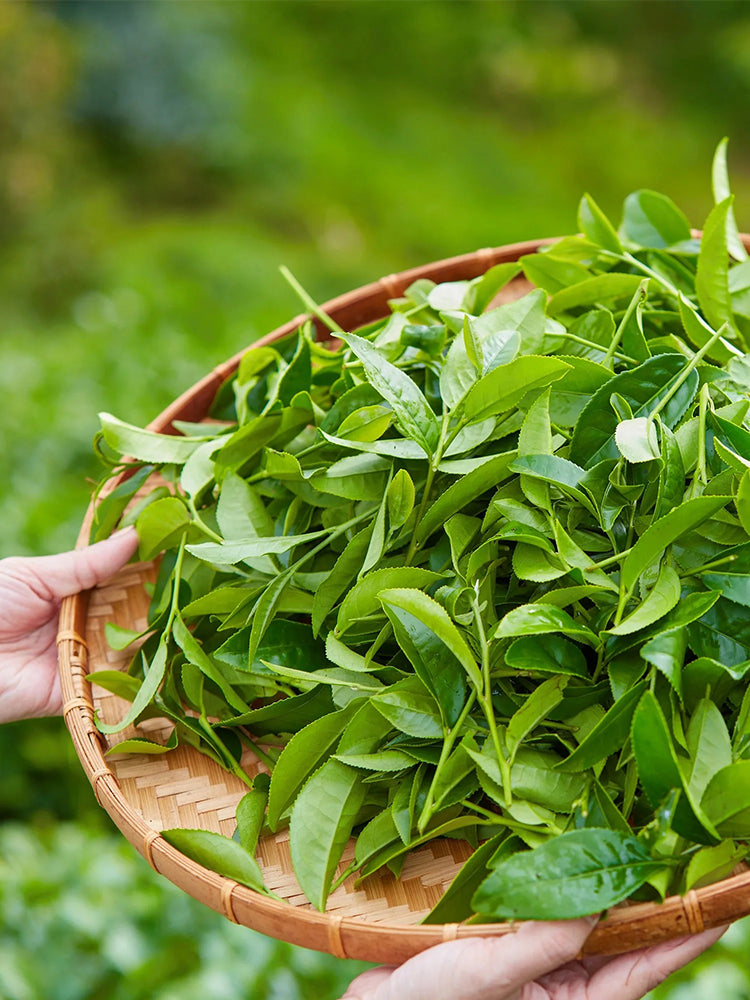BELLFARM
Tea Plant (Camellia sinensis)
Sale
Sold out
Regular price
$9.99 USD
Regular price
$18.99 USD
Sale price
$9.99 USD
Unit price
per
Couldn't load pickup availability
-
5-14 Days delivery.
-
Ship out within 24 hours.
Variety Characteristics:
- Tea plant (Camellia sinensis), a perennial evergreen woody plant of family Theaceae, serves as the primary source of tea leaves with significant economic, cultural, and medicinal value. Morphologically, it occurs as a shrub or small tree featuring glabrous young branches and leathery oblong to elliptic leaves with serrated margins. From October to February of the following year, it produces 1-3 white, axillary flowers. The fruit is a spherical capsule containing oil-rich seeds.
- Native to southwest China, tea plant now has extensive cultivation coverage. It demonstrates strong adaptability, growing in diverse terrains including mountains, hills, flatlands, and basins. Specific environmental requirements include: mean annual temperature above 13°C; annual precipitation exceeding 1,000 mm to meet water demands; and particular sensitivity to soil pH, thriving best in acidic soils with pH 4.0-6.5.
- Tea plant possesses exceptionally high economic value. Its young leaves provide raw material for producing green tea, oolong tea, black tea and other varieties. Rich in active compounds such as catechins and caffeine, they impart antioxidant and anti-inflammatory properties to tea products. Additionally, the roots and young leaves are used medicinally—characterized as sweet, bitter, and slightly cold in nature—with properties to clear heat, reduce fire, strengthen cardiac function, and promote diuresis. Beyond tea production, its seeds yield edible oil, while the flowers serve ornamental purposes and are used in perfume production.
- Tea plant (Camellia sinensis), a perennial evergreen woody plant of family Theaceae, serves as the primary source of tea leaves with significant economic, cultural, and medicinal value. Morphologically, it occurs as a shrub or small tree featuring glabrous young branches and leathery oblong to elliptic leaves with serrated margins. From October to February of the following year, it produces 1-3 white, axillary flowers. The fruit is a spherical capsule containing oil-rich seeds.
- Native to southwest China, tea plant now has extensive cultivation coverage. It demonstrates strong adaptability, growing in diverse terrains including mountains, hills, flatlands, and basins. Specific environmental requirements include: mean annual temperature above 13°C; annual precipitation exceeding 1,000 mm to meet water demands; and particular sensitivity to soil pH, thriving best in acidic soils with pH 4.0-6.5.
- Tea plant possesses exceptionally high economic value. Its young leaves provide raw material for producing green tea, oolong tea, black tea and other varieties. Rich in active compounds such as catechins and caffeine, they impart antioxidant and anti-inflammatory properties to tea products. Additionally, the roots and young leaves are used medicinally—characterized as sweet, bitter, and slightly cold in nature—with properties to clear heat, reduce fire, strengthen cardiac function, and promote diuresis. Beyond tea production, its seeds yield edible oil, while the flowers serve ornamental purposes and are used in perfume production.














